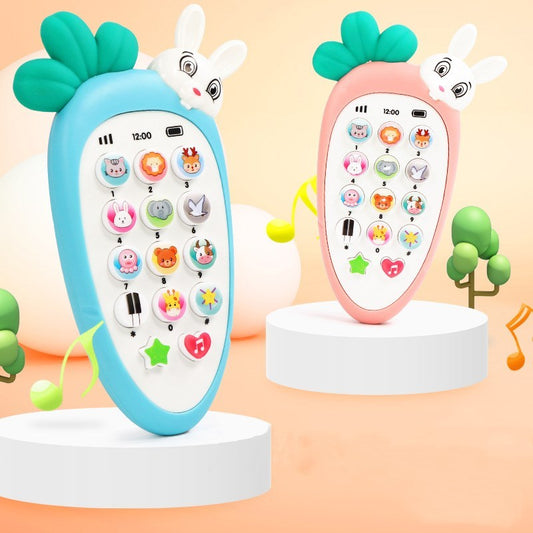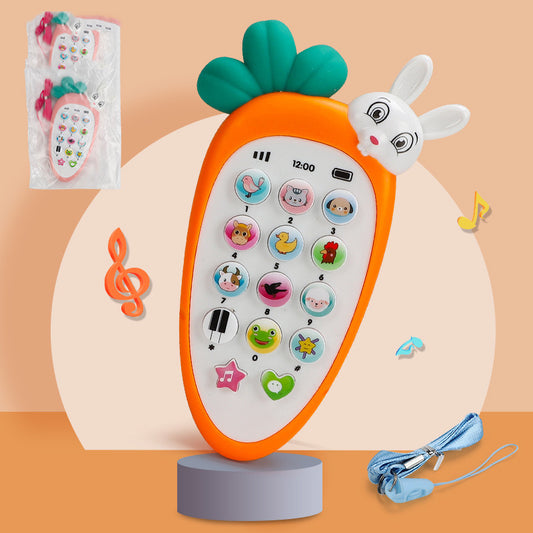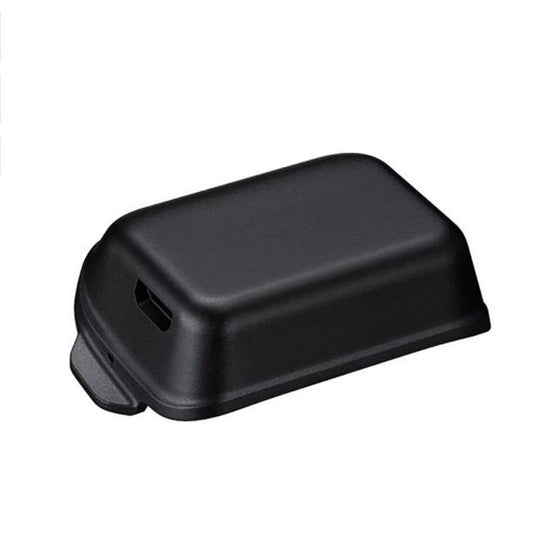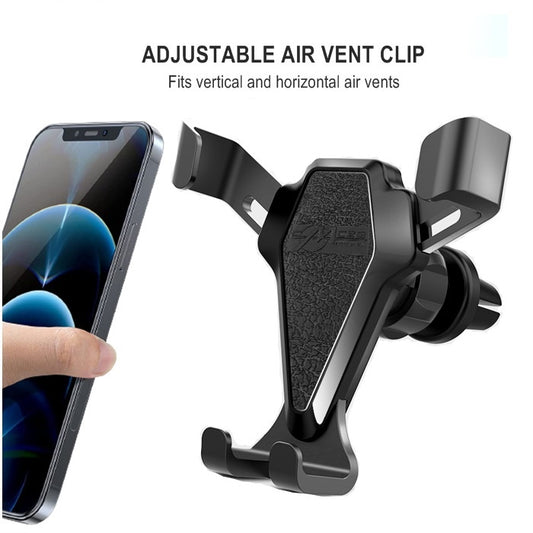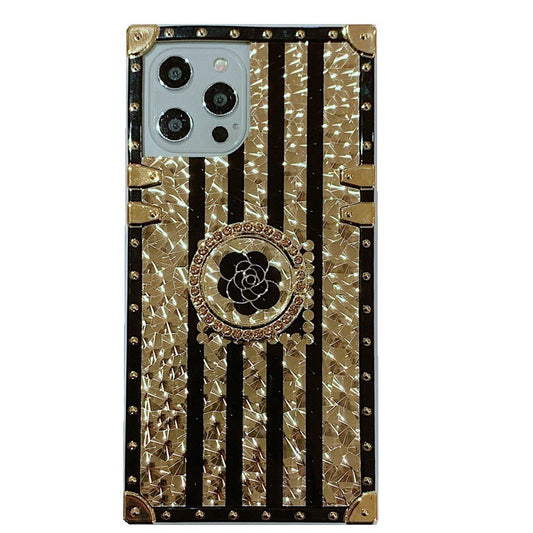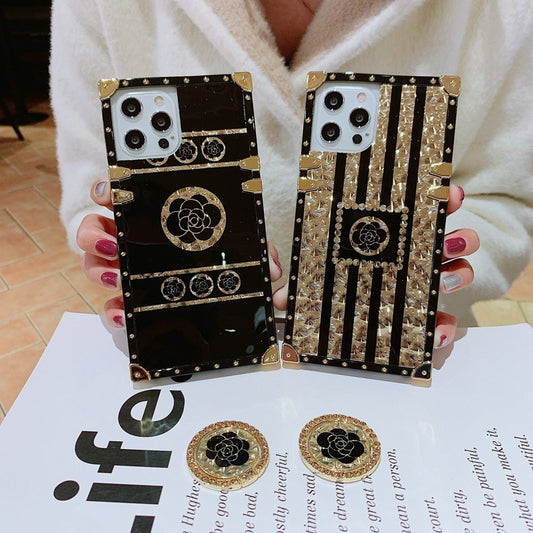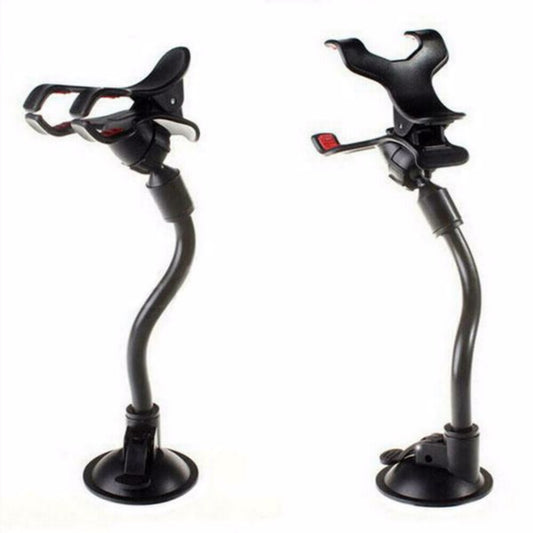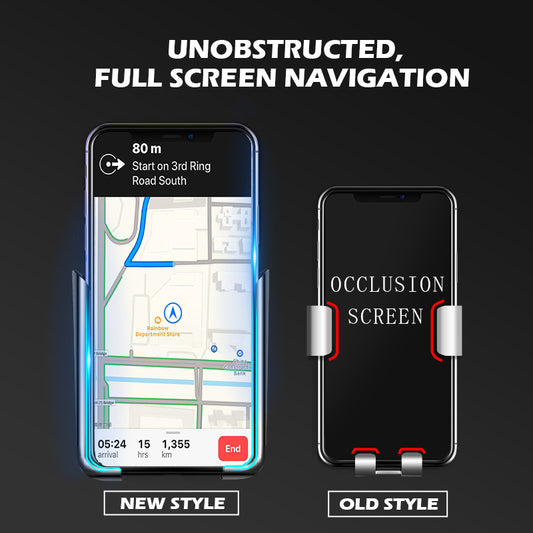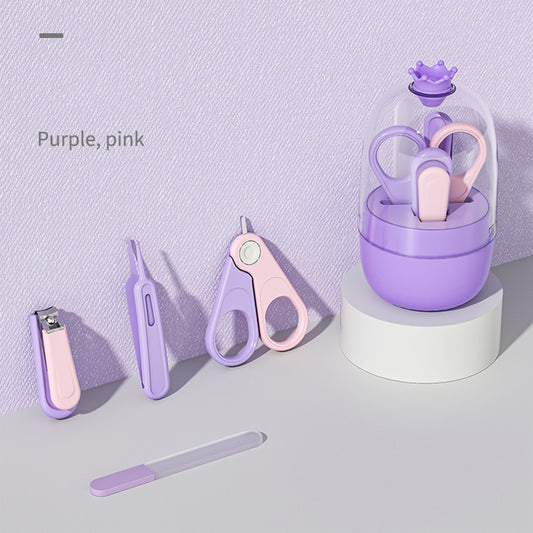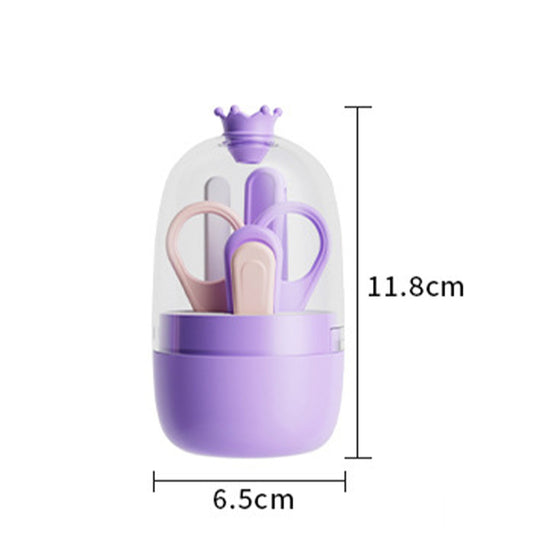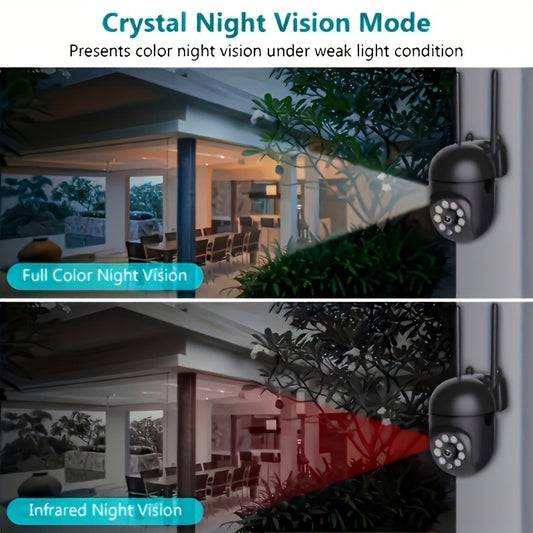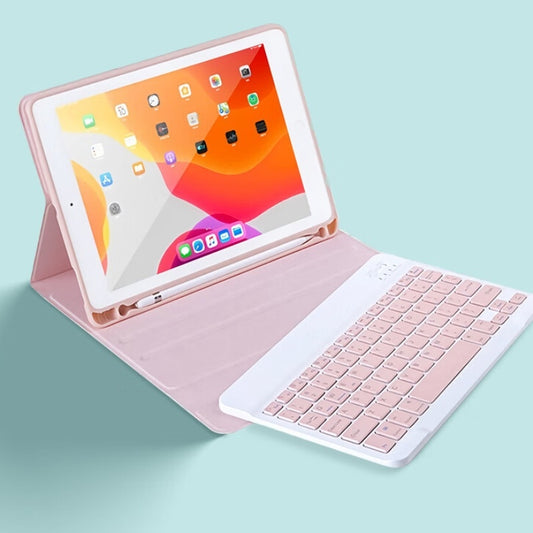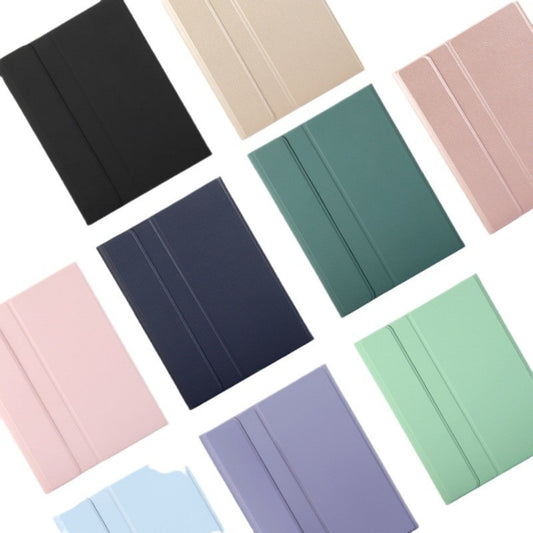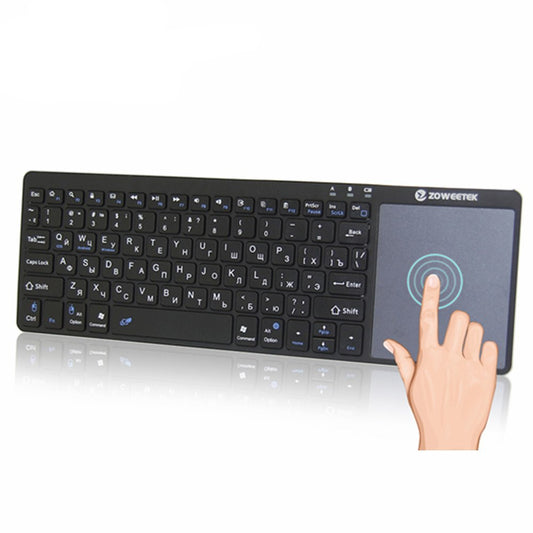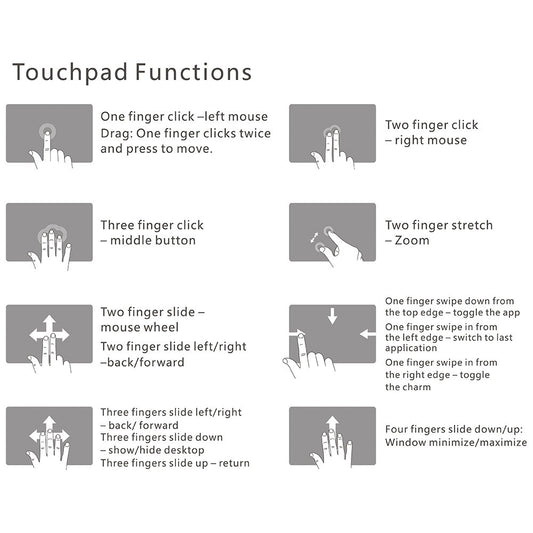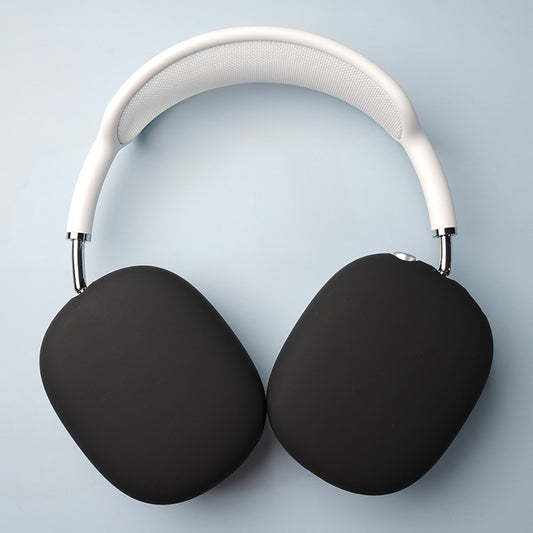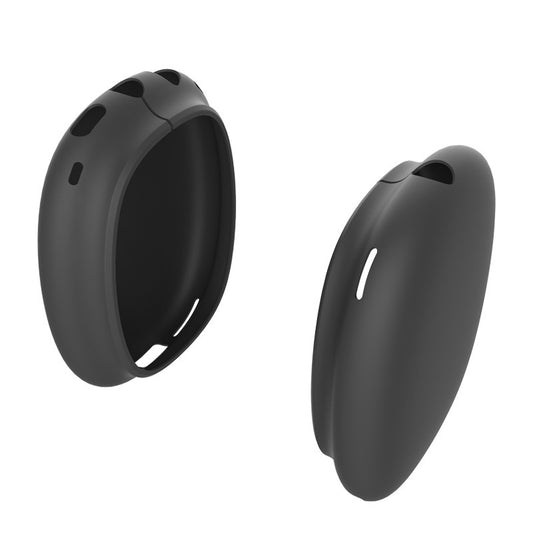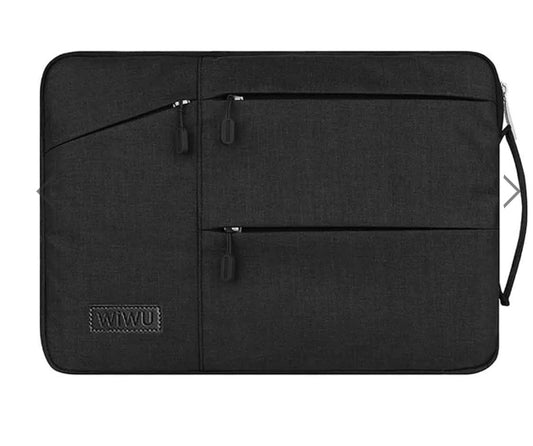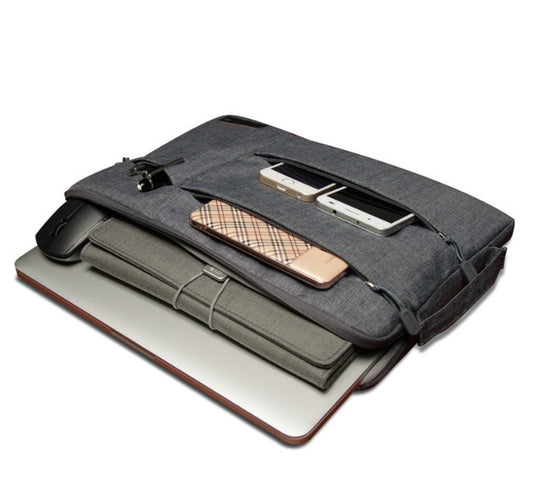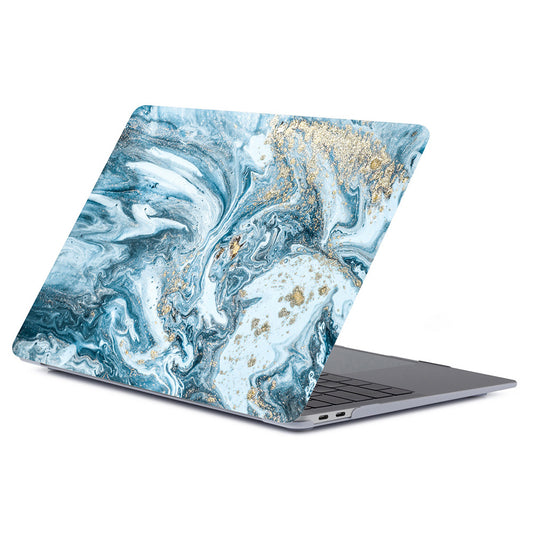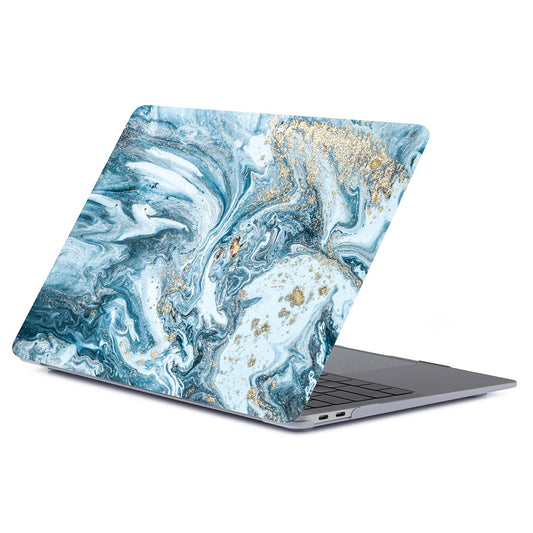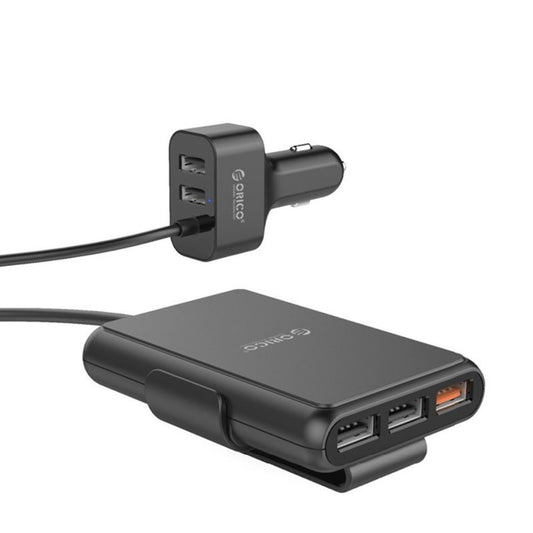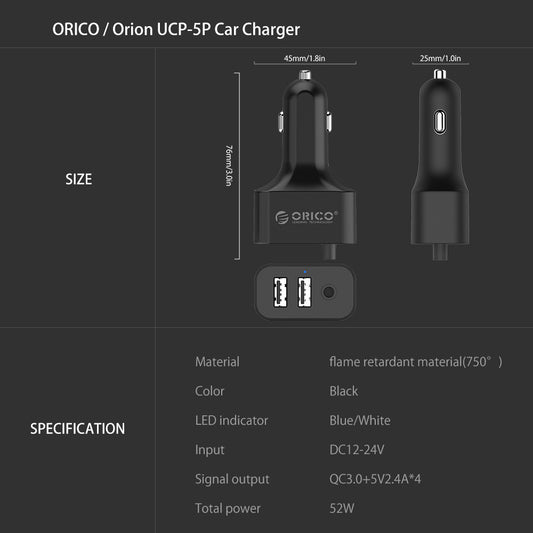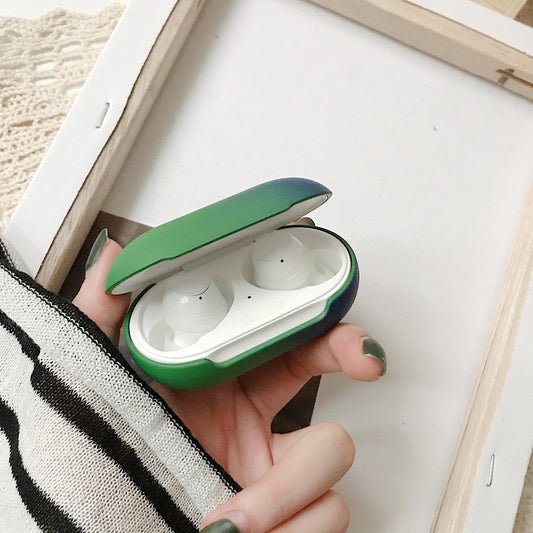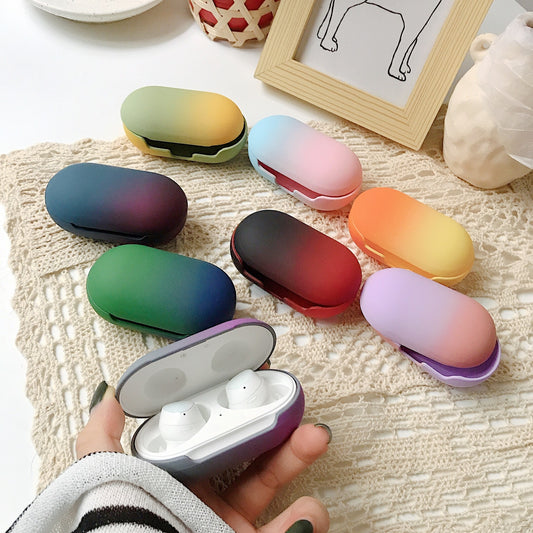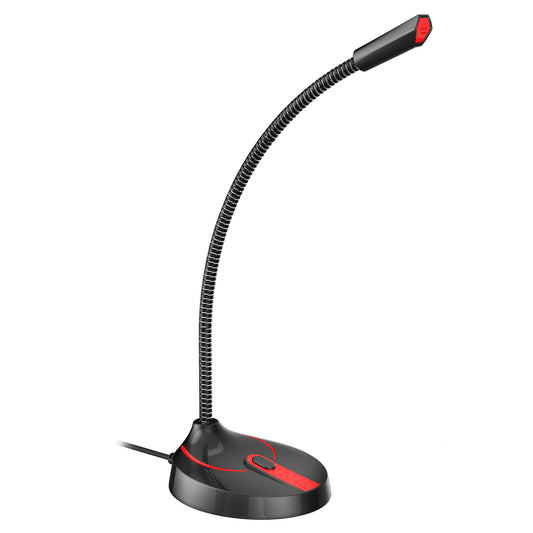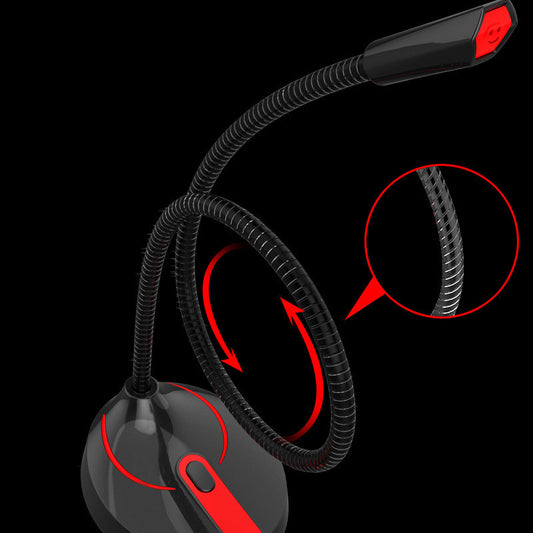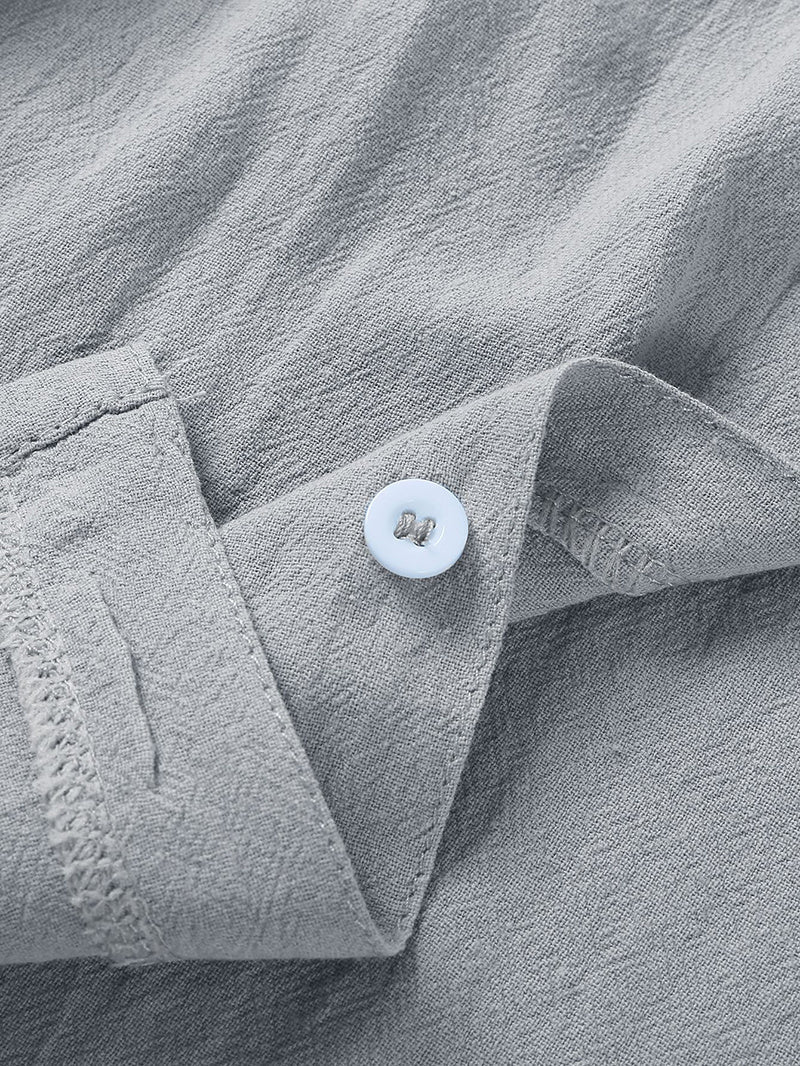
The Ultimate Fabric Guide: What Your Clothes Are Really Made Of
Share
Ever wonder what your clothes are made of? Discover the pros, cons, and ideal uses of popular fabrics—from cotton to synthetics—in this ultimate fabric guide.
Whether you’re shopping online for a new tee, building your capsule wardrobe, or simply curious about what you’re wearing every day, understanding fabric types can change the way you buy, wear, and care for your clothes.
In this guide, we’ll break down the most common fabrics, how they feel, how they perform, and what makes them perfect (or not) for specific uses. By the end, you’ll be better equipped to choose garments that fit your lifestyle, last longer, and look great.
1. Cotton – The Everyday Essential
Cotton is a natural, breathable, and soft fabric that dominates casual wear—and for good reason.
Pros:
* Breathable and lightweight
* Hypoallergenic
* Absorbs moisture (great for summer)
* Easy to care for
Cons:
* Prone to wrinkling
* Shrinks in high heat
* Not very insulating
Best For:
T-shirts, underwear, bed linens, summer dresses
*Shop breathable cotton essentials from GoTitanz Online Store.
2. Wool – Nature’s Insulator
Wool is a natural fiber from sheep and is known for its insulating warmth*, durability, and classic look.
Pros:
* Excellent insulation (even when wet)
* Odor-resistant
* Long-lasting with proper care
* Comes in types: Merino, Cashmere, Alpaca
Cons:
* Can be itchy (depending on grade)
* Requires gentle washing or dry cleaning
* More expensive
Best For:
Sweaters, coats, socks, scarves
*Tip: Look for Merino wool for a softer, itch-free experience.
3. Linen – Lightweight and Luxurious
Linen is a natural fabric made from flax—known for its airy feel and elegant drape.
Pros:
* Very breathable
* Naturally moisture-wicking
* Sustainable and biodegradable
* Gets softer with time
Cons:
* Wrinkles easily
* Can feel stiff at first
* Not great for winter wear
Best For:
Summer wear, casual blouses, flowy pants, bedding
Elevate your summer wardrobe with linen styles from GoTitanz Online.
4. Polyester – Durable and Wrinkle-Resistant
Polyester is a synthetic fabric widely used in modern fashion due to its strength and versatility.
Pros:
* Very durable and wrinkle-resistant
* Holds color well
* Dries quickly
* Often blended with natural fibers
Cons:
* Less breathable
* Can retain odors
* Not biodegradable
Best For:
Activewear, outerwear, everyday casuals, bags
Look for poly-cotton blends to get the best of both worlds.*
5. Rayon – The Soft Middle Ground
Rayon is a semi-synthetic fabric made from cellulose (plant fibers) and mimics the feel of silk, wool, or cotton.
Pros:
* Drapes beautifully
* Soft and breathable
* Affordable alternative to silk
Cons:
* Delicate; may shrink
* Can pill or tear if not washed properly
Best For:
Blouses, dresses, linings, summer pieces
Hand wash or use a gentle cycle to preserve rayon garments.*
6. Silk – The Definition of Luxury
Silk is a natural protein fiber known for its smooth texture and luminous shine.
Pros:
* Ultra-soft and smooth
* Temperature regulating
* Hypoallergenic
* Biodegradable
Cons:
* Expensive
* Stains easily
* Requires gentle care
Best For:
Formal wear, lingerie, scarves, sleepwear
*Style meets sophistication with silk. Just treat it like royalty!*
7. Spandex (Elastane) – The Stretch Factor
Spandex is a synthetic elastic fiber added to other fabrics to create stretch.
Pros:
* Provides flexibility and shape retention
* Perfect for fitted styles and activewear
* Blends well with other materials
Cons:
* Not breathable on its own
* Can degrade over time with heat or chemicals
Best For:
Leggings, sportswear, swimwear, shapewear
Browse comfy, move-with-you pieces that include Spandex at GoTitanz Online.
8. Denim – Timeless and Tough
Denim is a cotton-based woven fabric, typically dyed with indigo. It’s strong, structured, and always on trend.
Pros:
* Durable and long-lasting
* Gets better with age
* Iconic style versatility
Cons:
* Can feel stiff initially
* Takes longer to dry
* Heavy in hot weather
Best For:
Jeans, jackets, skirts, overalls
*Don’t forget to wash sparingly to keep denim looking sharp.
Bonus: Sustainable Fabrics to Watch
Eco-conscious fashion is booming, and these fabrics are leading the charge:
* Tencel (Lyocell) – Soft, breathable, and made from eucalyptus trees
* Hemp – Durable, grows quickly, and needs little water
* Recycled polyester – Gives new life to plastic waste
Choosing the right fabric can make a difference—not just in your wardrobe but for the planet too.
How to Read Fabric Labels Like a Pro
When shopping online or in-store, always check the fabric content label. This simple habit helps you:
* Understand garment care needs
* Predict how it will feel
* Know how it will wear over time
For example: “95% Cotton, 5% Spandex” means comfy and stretchy.
Conclusion
Clothing isn’t just about fashion—it’s about function, feel, and fit. Knowing what your clothes are made of can improve how you shop, dress, and care for your garments. Whether you prefer natural fibers or are open to synthetics, every fabric tells a story.
At GoTitanz Online, we carefully select pieces based on quality fabrics, comfort, and style—so you can shop with confidence.
“Shop smart — explore our quality clothing made from premium fabrics!”

